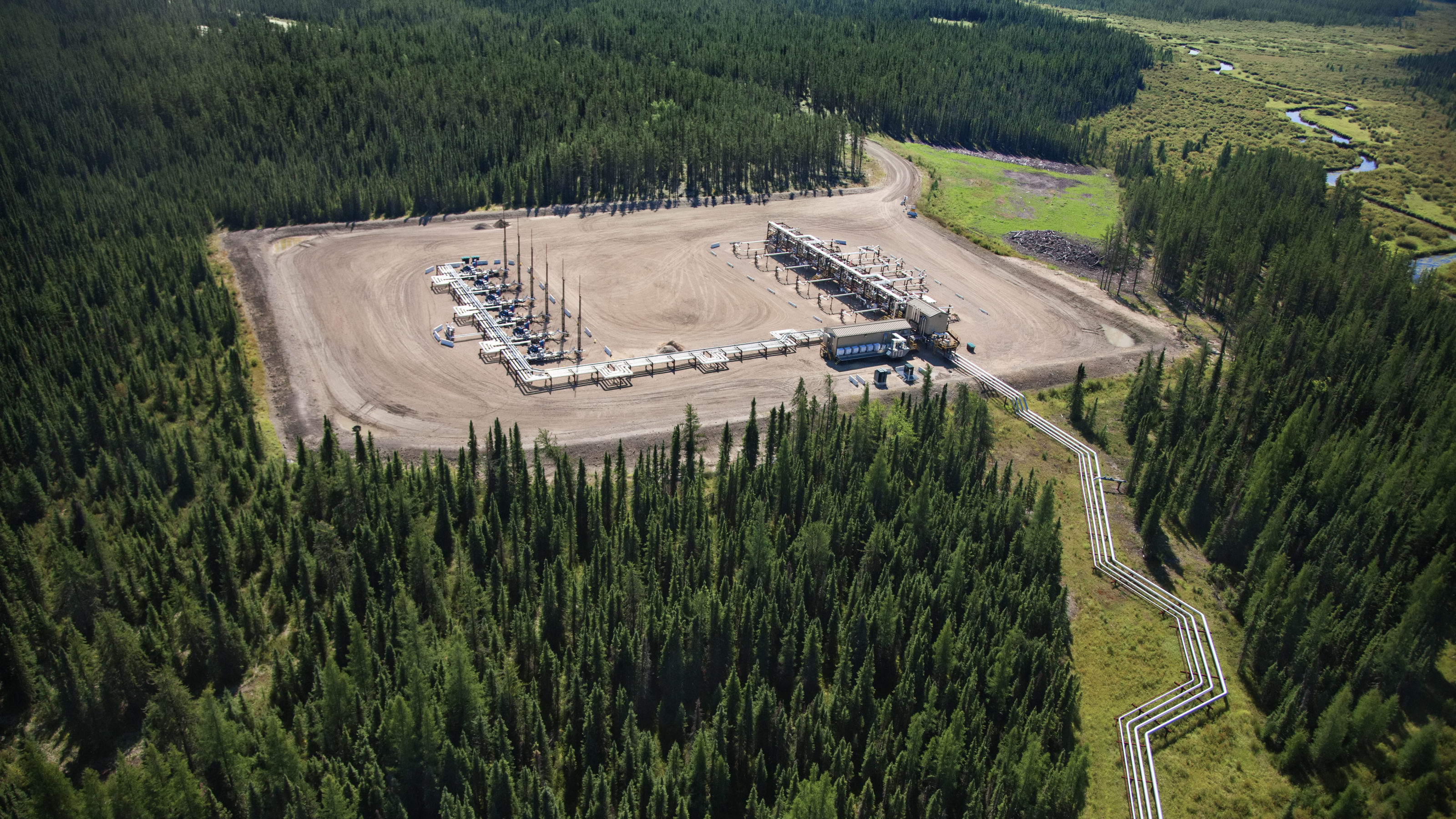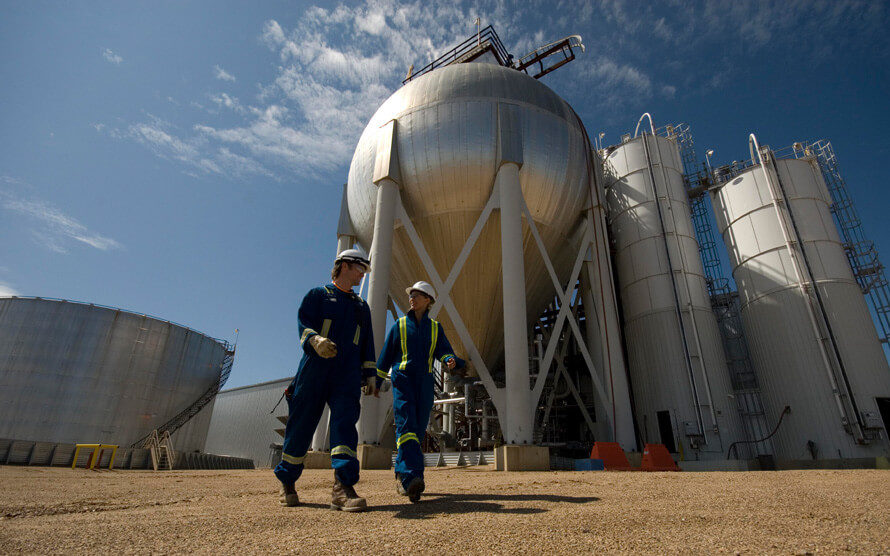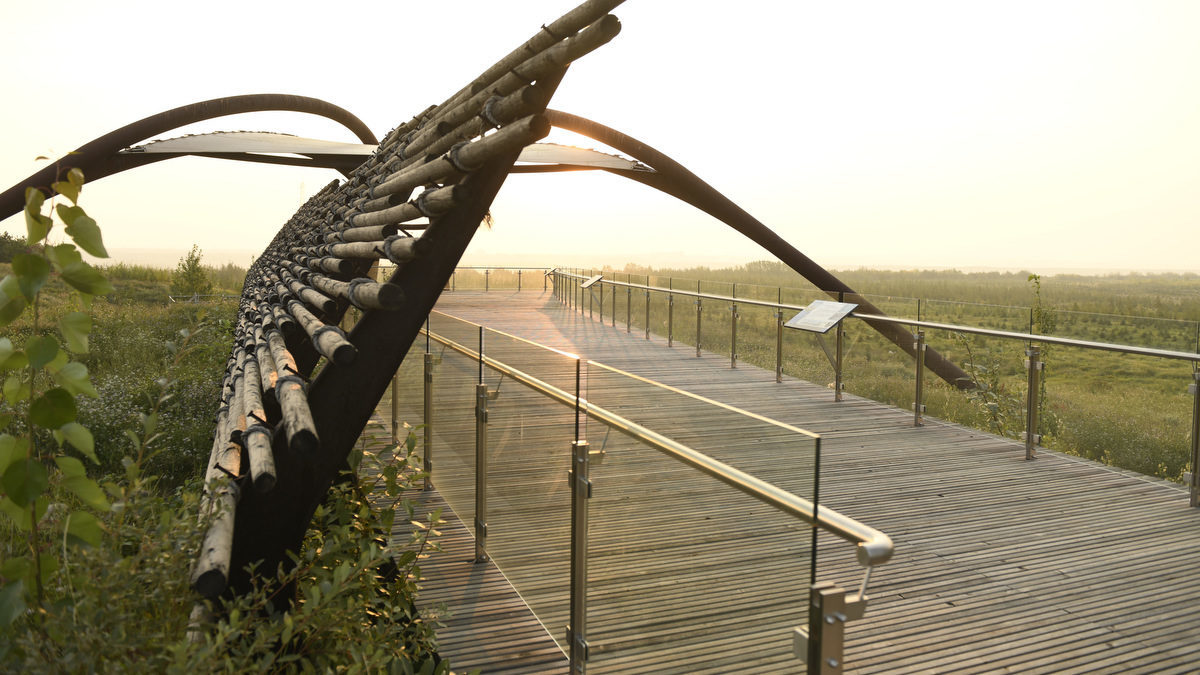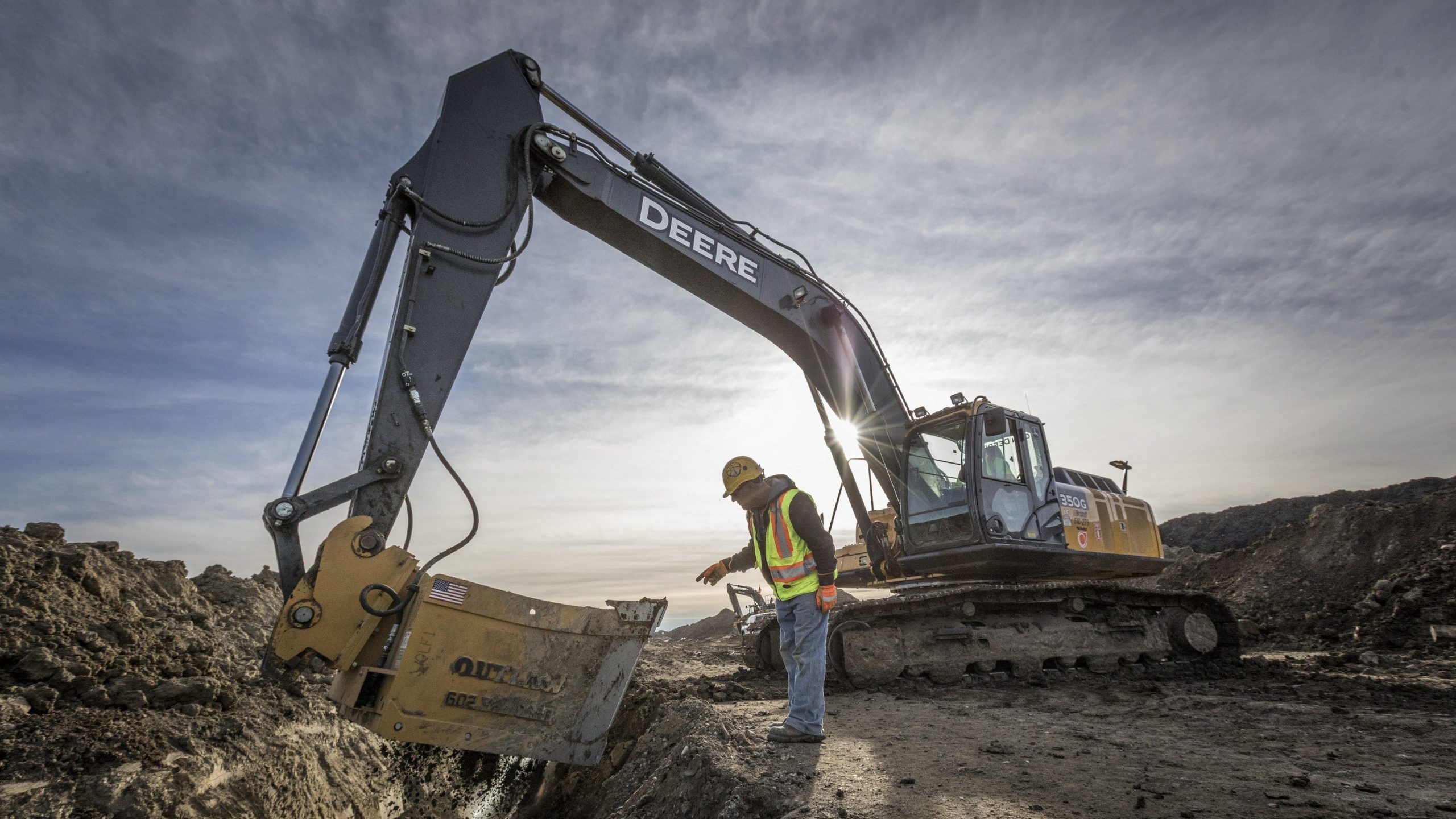A new report from CNN about opposition to the Line 3 pipeline replacement project contains errors and misleading information about Canadian oil, the energy relationship between Canada and the U.S., and the construction project itself. Here are some of the facts they missed.
Fact: U.S. demand for Canadian oil keeps growing
CNN’s report failed to provide basic information about the critical oil supply and demand relationship between the U.S. and Canada.
Pipelines like the Line 3 Replacement Project are important because U.S. demand for Canadian oil continues to rise. According to the U.S. Energy Information Administration (EIA), oil imports from Canada increased by 88 per cent over the last decade, to a record 4.78 million barrels per day in December 2019 from 2.54 million barrels per day in 2010.
Imports from Canada are increasing again after a pause in 2020 due to the COVID-19 pandemic, recovering to 4.44 million barrels per day as of December.
The EIA forecasts that overall U.S. oil imports, primarily of heavy oil like what is produced in Canada, will rise to 8.2 million barrels per day in 2050 from 6.5 million barrels per day in 2020.
Fact: The Line 3 Replacement Project is not Keystone XL
CNN states that the Line 3 Replacement Project is “the next Keystone pipeline,” referencing the Keystone XL project that President Joe Biden cancelled in his first day in office after pressure from environmental groups despite a decade of regulatory process, thousands of jobs, and the project’s commitment to net-zero emissions.
While both Keystone XL and the Line 3 project serve the growing need for U.S. oil imports from Canada, they are vastly different projects.
Keystone XL would have provided a new “bullet line” connection from Alberta – the world’s largest producer of heavy oil – to refineries on the U.S. Gulf Coast – the world’s largest heavy oil processing centre. Keystone XL would have met U.S. Gulf Coast demand with Canadian oil as supply dwindles from other jurisdictions like Venezuela and Mexico.
In contrast, Line 3 has been operating since 1968, providing critical energy for refineries in Minnesota, Wisconsin, and other U.S. markets. Approximately 30 per cent of all U.S. crude oil imports flow through Minnesota, according to research by the state’s House of Representatives.
At its core, the Line 3 Replacement Project is about improving safety and reliability.
The pipeline has been operating at reduced capacity since 2008 when Enbridge voluntarily restricted flows to maintain pipeline integrity. The replacement project restores the pipeline to its previous operating capacity of 760,000 barrels per day.

Fact: The project will have limited impact on global greenhouse gas emissions
For its “facts” about oil sands environmental performance, the CNN report relies on unattributed information from a seven-year-old article by the Union of Concerned Scientists.
For one, it states that gasoline made from Canadian oil produces 15 per cent more carbon emissions, which is inaccurate.
Oil sands crude is a heavy oil with similar qualities to other international heavy crudes consumed in the U.S., which many refineries are tailored to process.
Stanford University research found that “Canadian crude oil GHG intensities cannot be distinguished, with any statistical certainty, from the crudes produced in 31 of the top 50 oil producing countries,” according to B.C. environmental scientist Blair King.
Global business information firm IHS Markit reports that as of 2018, the average emissions intensity of oil sands production ranged from 1.6 per cent below the U.S. average for new mining technology, to 6.2 per cent above the U.S. average for the most common drilling method, and 8.6 per cent above for synthetic crude oil produced through oil sands mining.
The carbon intensity of oil sands production is declining thanks to innovative technology and improved efficiency. According to BMO Capital Markets, oil sands projects have decreased emissions intensity on average by approximately 24 per cent since 2012.
Further reductions are a key area of focus both for individual companies and through collaborative initiatives like Canada’s Oil Sands Innovation Alliance (COSIA).
It is also important to consider the limited impact that Canadian oil production has on global climate change. Canada’s oil and gas sector accounts for just 0.3 per cent of global GHG emissions, and the oil sands itself accounts for just 0.1 per cent of global emissions, according to BMO Capital Markets.

Fact: Oil sands fresh water use is lower than reported and declining
CNN claims that it takes six gallons of fresh water to produce one gallon of gasoline from the oil sands. This is not true.
Like other parts of the CNN piece, it is also misleading because it presents the oil sands only as mining production, when approximately half of oil sands production comes from drilling projects. Neither requires the level of fresh water that CNN reports.
In 2019 oil sands mining projects required on average 2.2 gallons of fresh water to produce 1 gallon of oil, which is down from 2.4 gallons in 2015, according to the Alberta Energy Regulator.
Meanwhile, oil sands produced through drilling and steam injection required on average 0.2 gallons of fresh water to produce 1 gallon of oil.
Through COSIA, oil sands producers have set targets for further fresh water use reductions.

Fact: Progress is being made to address the oil sands tailings challenge
The CNN report is misleading as it presents the issue of oil sands tailings without any context about the vast amount of money and effort being spent to solve the challenge. Or the regulatory requirement that they must ultimately be reclaimed to equivalent land capability.
Over the last decade there has been “a notable acceleration” of work, with more than $10 billion spent developing tools and technologies to reduce oil sands tailings volumes. Progress is being made.
Like other mining operations around the world, tailings ponds are part of the oil sands mining process. These engineered basins store a mix of water, sand clay and residual bitumen that is left over after the extraction process. The facilities enable the water to be recycled back into the system, reducing fresh water use requirements. In 2019, for example, 78 per cent of the water used by oil sands mining producers was recycled using this process.
Tailings are a key area of focus for research and development, and the work is paying off.
For example, Suncor Energy has started reducing the size of the total tailings footprint at its oil sands Base Plant. Meanwhile, independent analysis of microbial species has found that Syncrude’s Base Mine Lake – a tailings pond that was capped with water in 2012 to create an end-pit lake like those used in mining reclamation around the world – “really doesn’t resemble a tailings pond anymore.”
Fact: Minnesotans and Native Americans support Line 3
CNN’s piece gives little time for supporters of the Line 3 project, leaving the impression that opposition and protest groups are in the majority. But this isn’t true.
Enbridge reports that 98 per cent of private landowners along the pipeline right-of-way have signed easements to allow the project to proceed, and it has also signed agreements with the Leech Lake Band of Ojibwe and Fond du Lac Band of Lake Superior Chippewa.
More than 5,000 people are now working on the project in Minnesota, including Native American-owned businesses like Gordon Construction, based on the White Earth Indian Reservation.
“Enbridge is by far the safest and most meticulous company we have ever worked for,” says vice-president Matt Gordon in a video on the Enbridge website. “They are very respectful, and regardless of the opposition, they are very environmentally friendly and professional. I’m 100 per cent in support of the pipeline.”
Enbridge has made a $100-million commitment to tribal affiliation work opportunities for the project, and is conducting outreach with all 11 Minnesota tribes regarding business and training opportunities.
Meanwhile, the group Minnesotans for Line 3 represents more than 100,000 people from all 87 Minnesota counties who for years have been “attending meetings, making calls, sharing stories, putting up signs, and making sure regulators know how important it is for this project to be approved and completed.”
